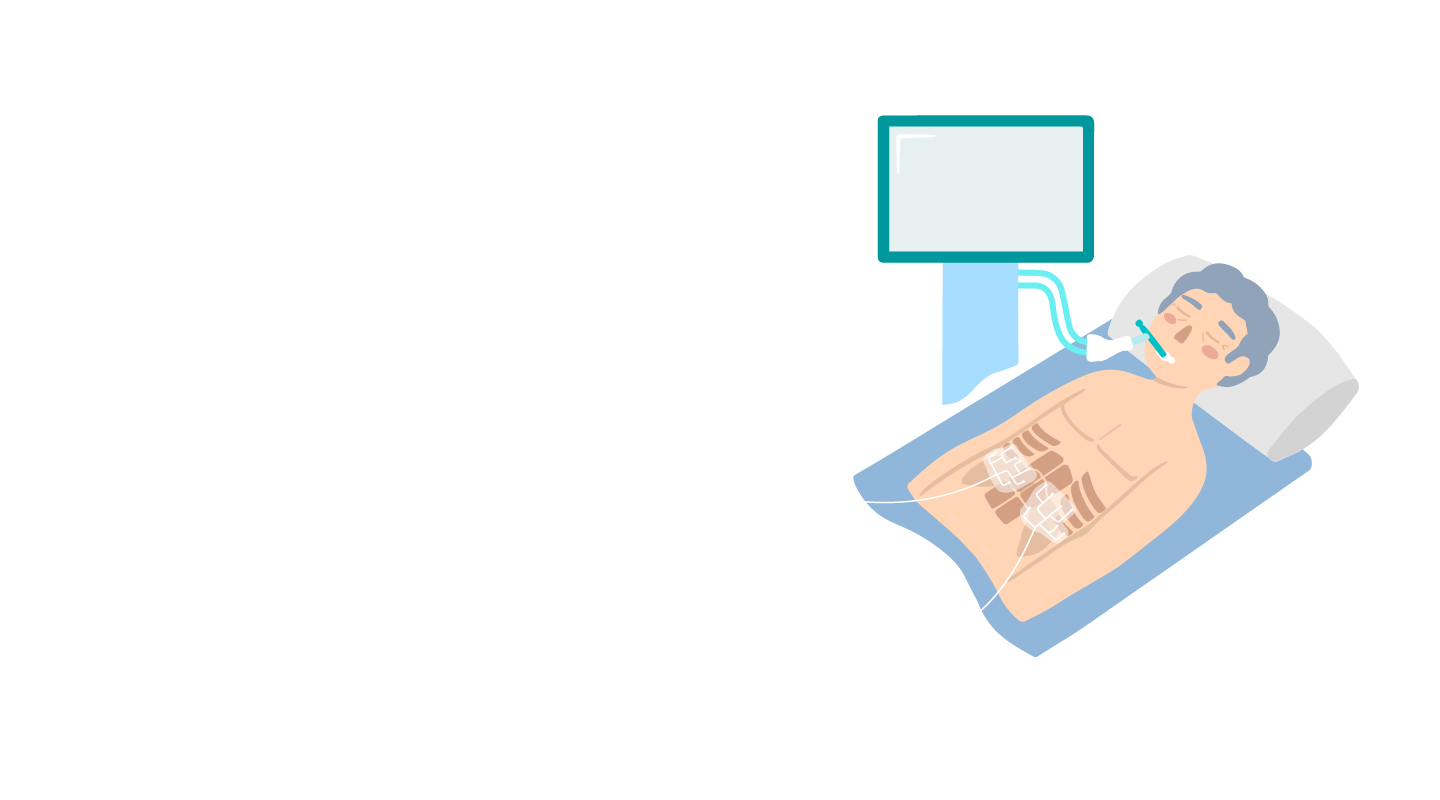
Activation of respiratory muscles
to improve extubation success in intensive care unit patients
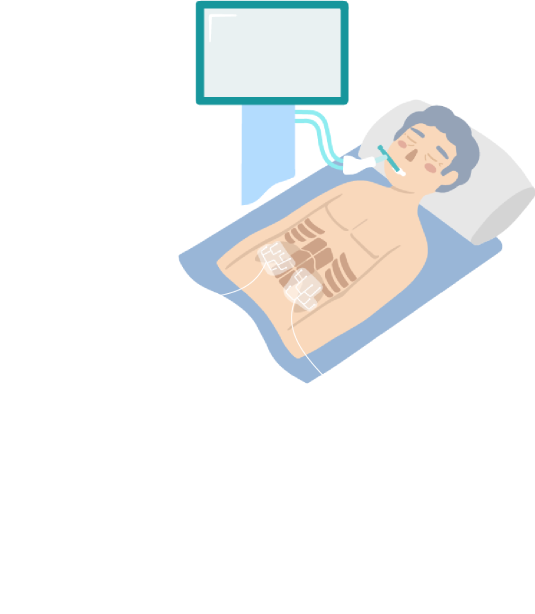

to improve extubation success in intensive care unit patients

Mechanical ventilation is a life-saving technique that assists or replaces the function of breathing.
However, approximately 53% of patients on mechanical ventilation experience muscle atrophy in crucial respiratory muscles such as the diaphragm, intercostals, and abdominals due to lack of use. This atrophy contributes to breathing difficulties for patients, leading to extended stays in Intensive Care Units and complicating their recovery (Peñuelas O., 2019).
heecap applies Transcutaneous Electrostimulation of Respiratory Muscles (TERM) in synchronization with patients breathing, during inspiration and expiration. Electrostimulation of the inspiratory and expiratory muscles has been shown to improve respiratory muscle strength. (Cancelliero-Gaiad KM, 2013; Jonkman et al. 2020)
The start-up is currently working on the development and validation of the minimum viable product in collaboration with two hospital centers: Vall d’Hebron University Hospital (Barcelona) and Parc Taulí University Hospital (Sabadell).

Heecap prevents and treats respiratory muscle atrophy, allowing patients to have a much more successful process of disconnection from mechanical ventilation (Hsin Y., 2022), reducing their stay in the intensive care unit, and improving their quality of life.
| GDPR Active | GDPR Title | GDPR Provider | GDPR Description |
|
GDPR Essential Cookies | - |
GDPR Essential Cookies
GDPR Essential Cookies Description
|
|---|